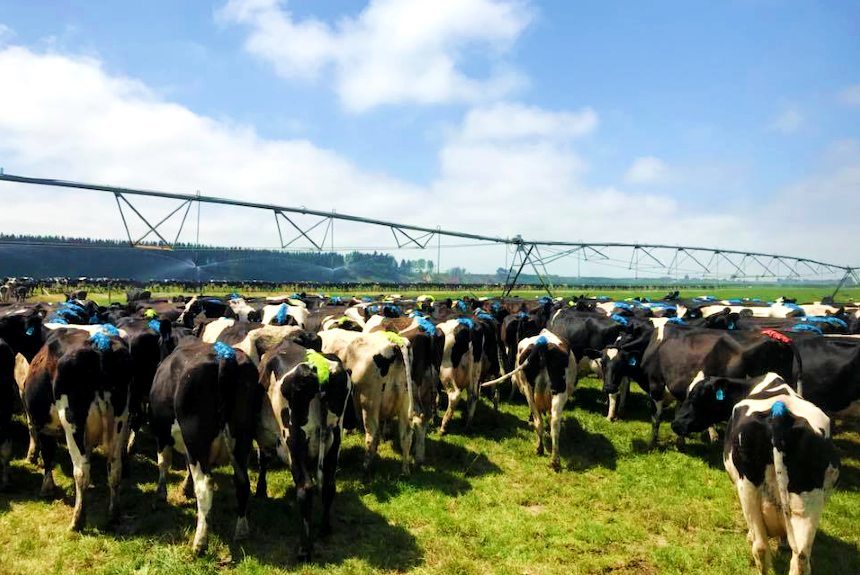Methane and nitrous oxide are the primary GHGs emitted by the agricultural sector. It is released when the cow burps and nitrous oxide is emitted from the soil when the cow’s urine, feces, and fertilizers are broken down by microbes in the ground.
The beef and dairy cattle industry is one of the main contributors to global greenhouse gases. Scientists are looking at various ways to reduce methane emissions from the sector. But to understand methane emissions from cows, one must study their digestive systems.
Ruminant livestock like sheep, cattle, buffalo, deer, goats, deer, and camels have a fore-stomach or rumen containing microbe methanogens. Methanogens can digest coarse plant material, and as a by-product of this digestive process (enteric fermentation), methane is released into the atmosphere through the animal’s belching – where 95% of methane comes from (Greenhouse gases, 2020).
The type of food or grass the ruminant ingests also contributes to its methane production. Scientists have identified some foods that inhibit methane emissions. An experiment in 2018 showed, for example, that when cows ingest seaweed, their methane emissions are reduced in half. The only problem with this is that cows are not very fond of the salty taste of seaweed.
A type of forage species or plant called plantain can potentially reduce GHG nitrous oxide from the soil. Scientists funded by the New Zealand Agricultural Greenhouse Gas Research Centre (NZAGRC) set out to compare the amounts of nitrous oxide emissions from four types of forage plants – perennial ryegrass, white clover, lucerne, and plantain over four different seasons in a Waikato, dairy farm in New Zealand (Plantain can help, 2018).
A significant finding from their study showed that nitrous oxide emissions from the soil planted with plantain were down by 39 to 74% in autumn and winter. However, in summer, emissions were higher than ryegrass. Dr Jiafa Luo, a senior scientist, says that this variation needs to be explored further and that “other factors may be involved, and one is that plantain releases biological nitrification inhibitors into the soil, which reduce the nitrous oxide emissions”. He adds that “this research tells us that incorporating plantain into grazed pastures could be an approach to reducing emissions” (Plantain can help, 2018).
Luo also mentions that previous studies have shown that plantain when ingested by cattle, can reduce the amount of nitrogen excreted in the animal’s urine.
Environmental plantain or Ecotain increases the amount of urine the animal produces, diluting the nitrogen in it. It reduces nitrate load in the urine patch, according to Glen Judson of Agricom, when explaining the benefits of plantain to a crowd of farmers (Canterbury plantain, 2018).
“It reduced the amount of dietary nitrogen in urine compared with ryegrass, and it took longer for animals to graze Ecotain to convert ammonium to nitrate. The slower conversion allowed plants to take up the nitrogen, reducing the potential for leaching,” the NZ Herald article says (Canterbury Plantain, 2018).
Thanks to continuous research and development, farmers are given options to reduce their GHG emissions and sustainable farming practices to help prevent climate change.
To read the study, click the link below:
Sources:
Greenhouse gases in dairy. (2020). Dairy NZ. Retrieved from https://www.dairynz.co.nz/environment/climate-change/greenhouse-gases-in-the-dairy-industry/
Plantain can help reduce emissions. (2018, April 12). Dairy News. Retrieved from Plantain can help reduce emissions (ruralnewsgroup.co.nz)
Canterbury plantain cuts nitrate leaching. (2018, February 23). NZ herald. Retrieved from Canterbury plantain cuts nitrate leaching – NZ Herald



Leave a Reply